Blog
-
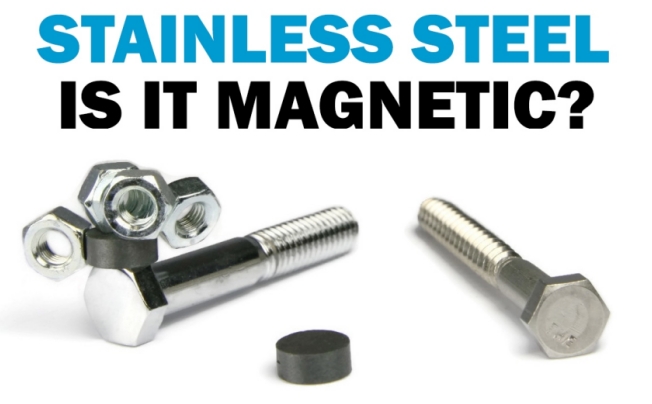
Stainless steel-Is Stainless Steel Magnetic?
Of the various types of stainless steel, it is ferritic, martensitic, duplex, and precipitation-hardening stainless steels that are most inclined to exhibit magnetic properties. Contrarily, austenitic stainless steel is not magnetic but can become partially magnetic with cold forming.Ferritic Stainless Steels. Ferritic stainless steel is commonly magnetic. This type of stainless steel contains a maximum amount of ferrite in its chemical structure, which is a composite of iron and additional elements. The crystals of ferrite and iron make this type of stainless steel magnetic. However, it is also important to note that some stainless steels with ferrite have a weak magnetic pull.Martensitic Stainless Steels. Many of the martensitic stainless steel grades are magnetic. This is due to iron being the main component in its chemical composition, and it can be ferromagnetic.Duplex Stainless Steels. Duplex stainless steels are most commonly magnetic because they include a blend of ferrite and austenite. The abundant amount of ferrite is mixed in duplex steel which makes it magnetic. But, duplex stainless steels have a higher austenite blend than ferritic steels, which can be slightly weak magnetic.Precipitation Hardening Stainless Steels. It is mainly used for hardened edge (cutting) applications. The material becomes magnetic after hardening.Austenitic Stainless Steels. Austenitic stainless steels have a maximum quantity of austenite which gives them essentially non-magnetic properties. Although some of the alloys, such as grades 304 and 316, contain iron, these materials are non-ferromagnetic. They can be made partially magnetic through special thermal treatment or work-hardening which can form ferrite in some locations. This is why, austenitic grades display vary slight magnetism on any edge that has been mechanically worked, such as the edge of a sheet.Read more -
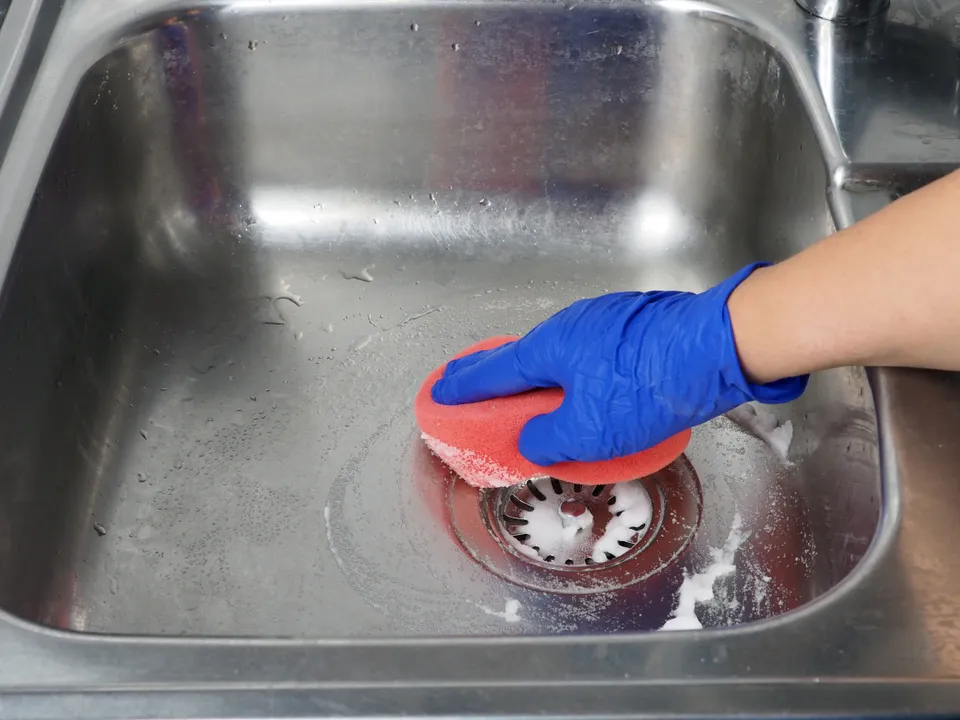
How to Clean Stainless-Steel Appliances So They Shine
To fight tough grime, such as caked-on grease that drips down an oven door, try Weiman stainless-steel cleaner and polish. Other popular cleaning solutions for cleaning stainless steel include Bar Keepers Friend soft cleaner and Bon-Ami Scratch-Free powder cleanser.Read more -
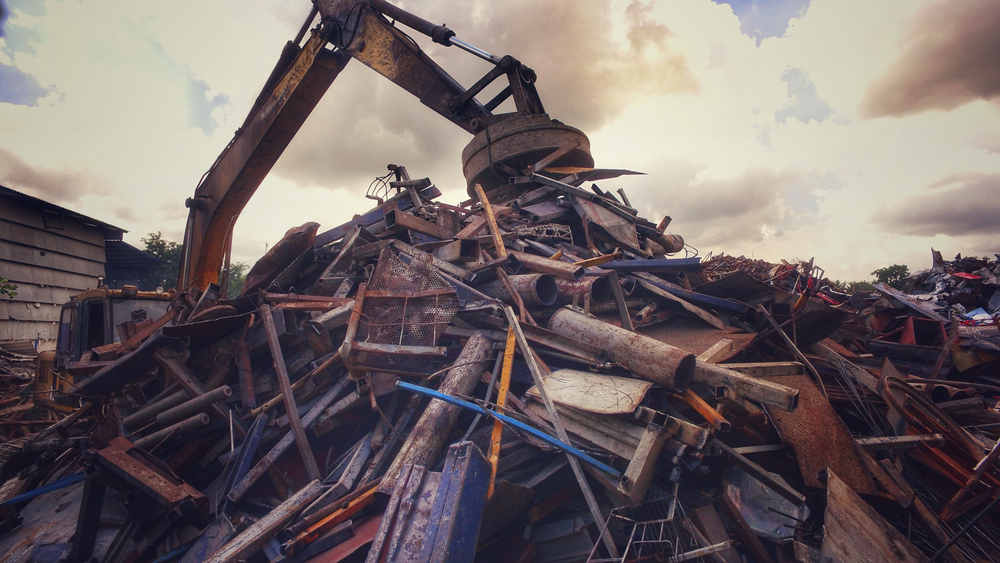
Stainless steel-Beginners Guide: Which Metals Are Magnetic?
The magnetic response of stainless steel depends on its chemical composition. Some stainless steels are magnetic, while some are not. There are many different types of stainless steel with varying physical properties, since alloy steels with at least 10.5% chromium are considered stainless steel. Ferritic stainless steel is magnetic due to its high concentration of iron and molecular structure that enables magnetism. On the other hand, austenitic stainless steel is non-magnetic due to higher chromium and nickel concentration added. The addition of nickel can change the structure of stainless steel from magnetic to non-magnetic.Read more -
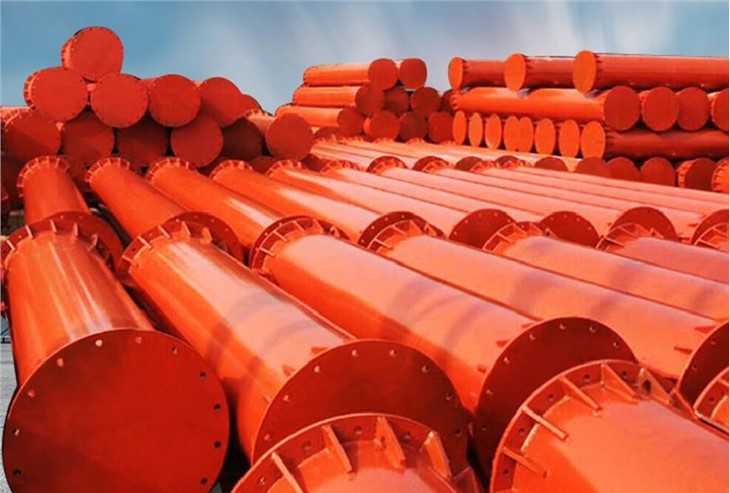
How to Clean Stainless Steel Surfaces and Appliances Without Chemicals
After restoring your stainless steel refrigerator to its former glory, you'll want to tackle every other stainless surface in your kitchen to match.Read more -
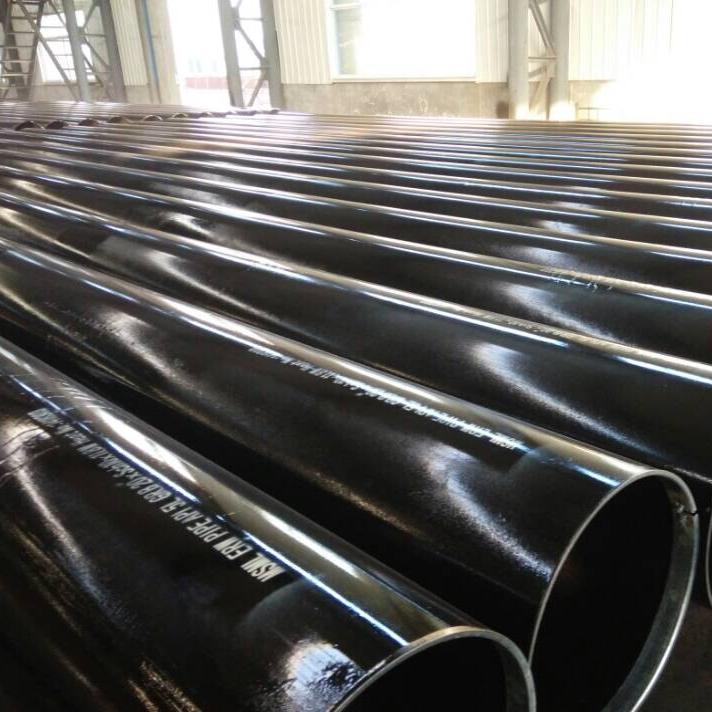
Stainless steel-Magnetic & Non-Magnetic Stainless Steel Comparison & Types
Most people are unsure whether stainless steel is magnetic or a non-magnetic metal. According to their properties, some stainless steel varieties are magnetic while others aren’t. In simple terms, we can say metals that are attracted by magnets are magnetic metals, and those that aren’t attracted by magnets are non-magnetic metals. Magnetic stainless steel has more chromium and molybdenum, as well as Non-Magnetic steel has better corrosion resistance than the common magnetic grade. The stainless steel grade atoms are lined up in a crystal structure. Magnetic materials contain iron and come down to the microstructure of steel. And non-magnetic substances contain a high amount of austenitic. Both are widely used for industrial purposes. Now, let’s discuss in brief the comparison between magnetic and non-magnetic stainless steel and their types. We hope this blog will be useful for understanding the difference between magnetic and non-magnetic stainless steel.Read more -
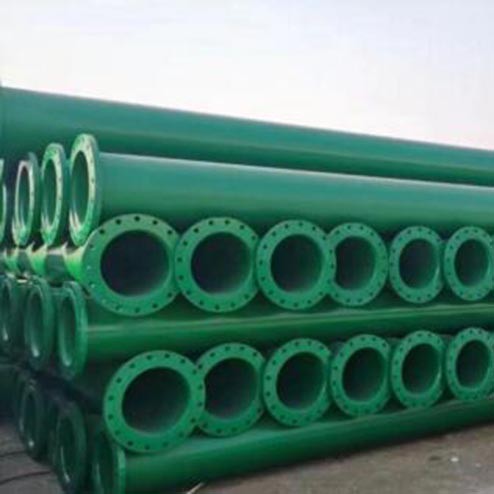
ERW Pipe-The 8 Do’s and Don’ts for Cleaning Stainless Steel
If you recently discovered that your once shining stainless steel is now dull and grimy, then it’s time for a change. Stainless steel is indeed sturdy and, overall, easy to maintain, but what about cleaning stainless steel? There are some important do’s and don’ts to consider when caring for stainless steel appliances, sinks, cabinets, and cookware. Let’s find out what they are!Read more -

Stainless steel-Does Stainless Steel Have Magnetic Properties?
Depending on the application, magnetic properties of a stainless steel commodity can have an effect on its performance. This is why you might care whether or not stainless steel is magnetic. Before you can understand the possible magnetic properties of stainless steel, you must first understand ferrous and non-ferrous metals, and the difference between the two.Ferrous metals are metals, or alloys, that contain iron. The word “ferrous” literally translates to “iron”, making it easy to understand what a non-ferrous metal it. The term “non-ferrous” means “non-iron”, which means that non-ferrous metals are those that do not contain iron. Read our blog, “The Discerning Attributes of Ferrous and Non-Ferrous Metal” to understand these differences in better detail.Read more -
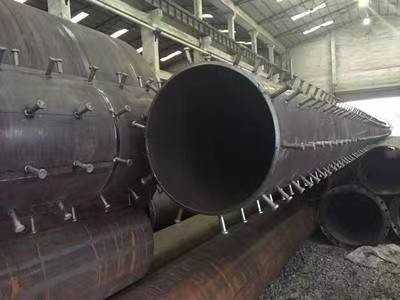
SAW vs ERW and EFW Welded Steel Pipe-HOW TO EASILY CLEAN STAINLESS STEEL APPLIANCES
The sleek durability of stainless steel is a standard for today’s kitchens. Spills, splatters, rust, heat discoloration and fingerprints can give your appliances a dirty appearance, but you can easily clean stainless steel with the right products and techniques. Whether you’re working with a stainless steel refrigerator, dishwasher, stove, cooktop or microwave, use this guide to keep your stainless steel appliances shiny.Read more -
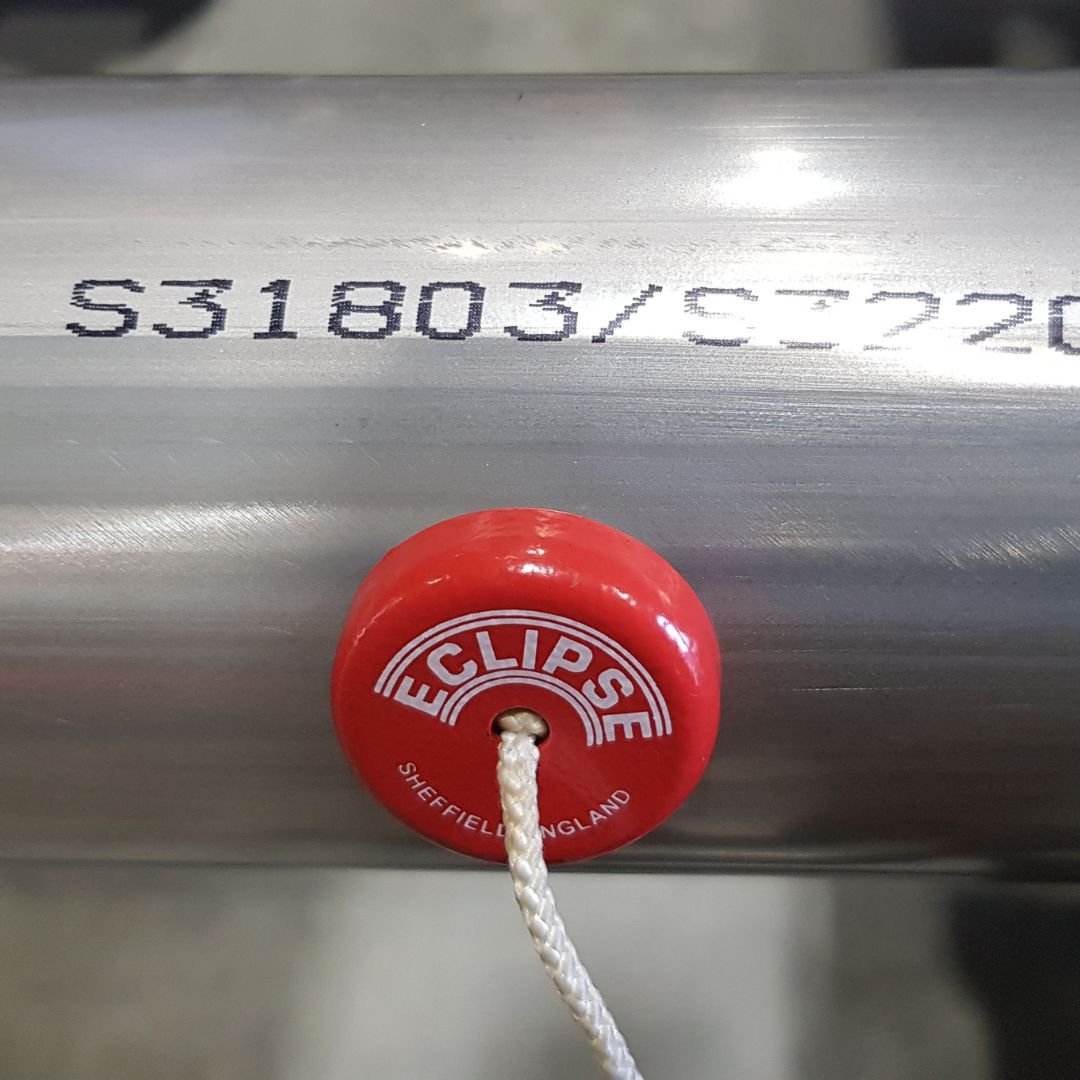
Stainless steel-Is stainless steel jewelry magnetic?
Non-magnetic stainless steel is not attracted to a magnet and does not contain any ferrite. Non-magnetic stainless steel alloys include 201, 202, and316 stainless steel.The type of stainless steel affects the magnetic properties of the jewelry. Magnetic stainless steel jewelry will be attracted to a magnet, while non-magnetic stainless steel jewelry will not be attracted.In addition to the type of stainless steel alloy used, the forming process can also affect the magnetic properties of the jewelry. For example, whenstainless steel jewelry is cast, it can create a ferromagnetic material that is attracted to a magnet. On the other hand, when stainless steel jewelry iscold forged, it is often non-magnetic.Heat treatment is another factor that can affect the magnetic properties of stainless steel jewelry. Heat treatment can reduce the amount of ferrite in the material, making it less magnetic. However, when the heat treatment process is not done properly, it can cause the ferrite content to increase, making the jewelry more magnetic.Finally, it is important to consider the environment in which the stainless steel jewelry is stored. Extreme temperatures, such as those found in hot tubs or saunas, can affect the magnetic properties of the jewelry. In these environments, the ferrite content can increase, resulting in a more magnetic piece of jewelry.Read more